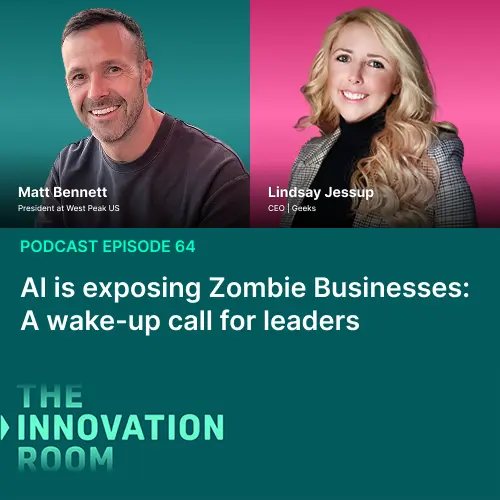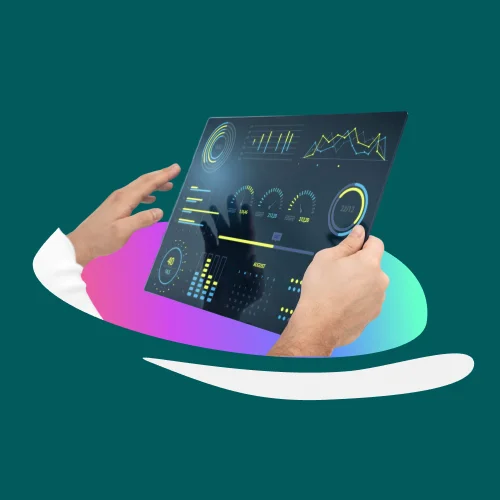
Clarify Using Prototypes
Sometimes application requirements might be difficult to nail down. For example, should the system work this way or that? One way to derive a more clear picture is to make a prototype. You could call this “trial and error” except, of course, one should avoid using the word “error” with the customer. Because it is a prototype, it does not cost too much to produce. The largest benefit from a prototype is you can get feedback from the user before committing to a design.
Prototyping is also a good way to test ideas. It is like whiteboarding, except ideas put up on the whiteboard are just ideas. Prototyping can take parts of an idea and make a working product. Oracle and Apple have on occasion been accused of using PowerPoint to show demos of supposedly-working products. As long as deception is not your goal, that is not a bad idea.
Some programming languages support prototyping. It is called “mock.” Supposed you are building an industrial system to interact with machines. It would cost a lot of money to disconnect a machine from the assembly line or otherwise procure it. Instead you could mock-it-up and write that into the application. Need to deliver inventory to a mechanical conveyor? Prototype it and the code acts like it is there.
Prototyping can help select a platform or system. Most applications need a database, but should it be Microsoft SQL Server or Oracle? No need to invest in either of those, mock-it-up in the application instead.
Formally, prototyping is a concept taken from several field of engineering, not just computer software. There is a horizontal prototype (gives an overview of the whole system) and vertical prototype (shows the design of a small part of the system, such as a key function). A prototype can be labelled as “throw away” which means it will not be written into the final system. Extreme prototyping means getting the screens of the application working without actually doing anything behind the scenes. Now that is something that Oracle has probably done, especially with early releases of their cloud product.
All of these are various ideas for using prototyping as a tool to show the customer what the final-product will look like without committing to a design that, later, could turn out to be flawed.










